January 2, 2022
Martha O'Kennon
This week was rather like last week, except for a couple of times when the temperature shot up to the 50's F. Almost nothing seemed to have changed or grown in the near 32 F degrees weather. Let's see if we have enough to build a blog on out of two scant weeks of pictures.
I should have taken a few more pictures of the Coralberries and Snowberries, to show that there were bits of color this winter like last winter. But I didn't. So these three pictures were stolen from last winter's batch of pictures. The first was one that came to the Wall on December 29, 2019. I had said that we might be seeing one of these. But not this time. It is one of the most amazingly gorgeous Spiders in the world, and we do usually have the honor of seeing it about this time. Just wait! The second is the baby Orchard Orbweaver, which I believe we did see here in the last blog. But here is the kicker - that Inland Floodwater Mosquito (Aedes vexans) with the green eyes was here last year, sporting its pretty green eyes.
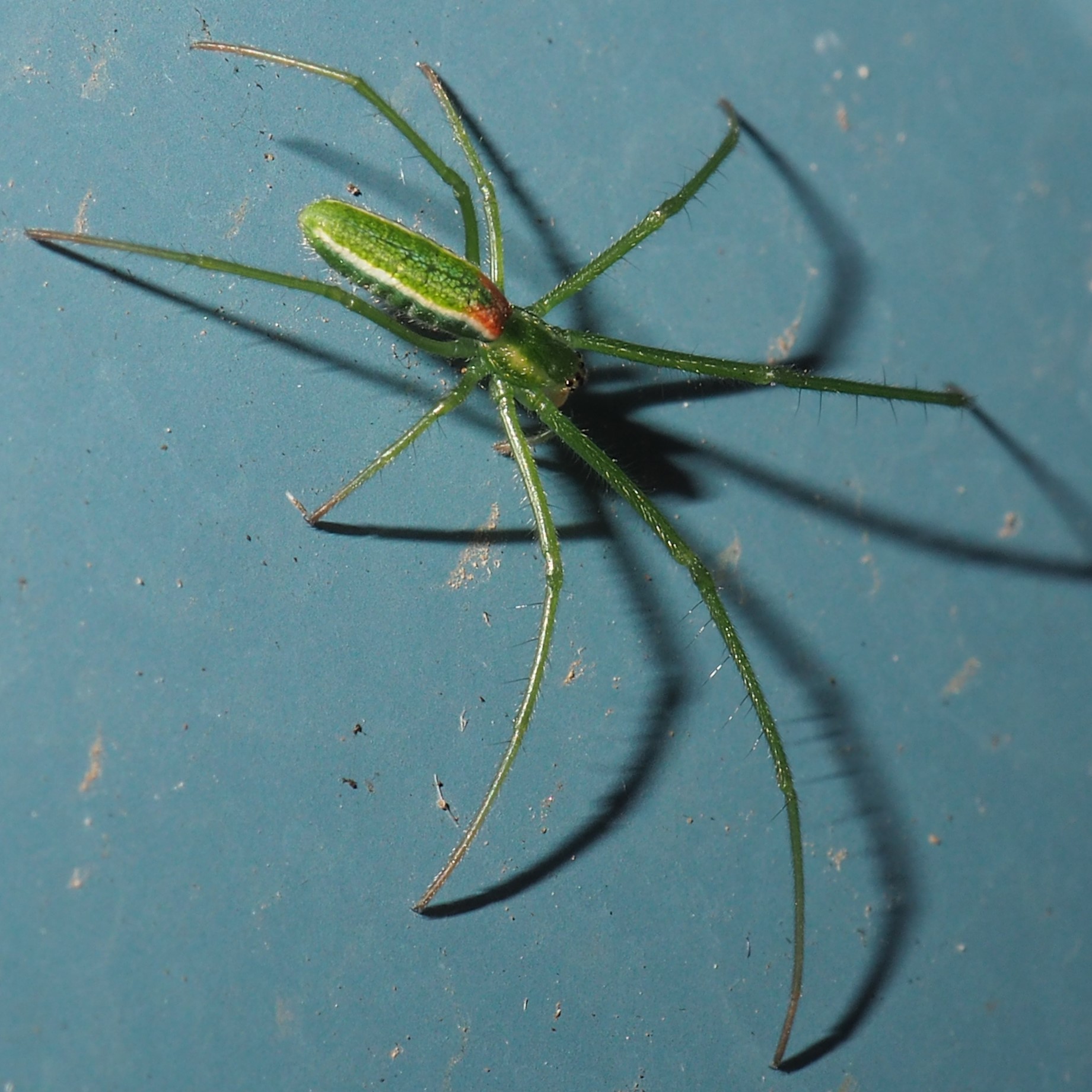
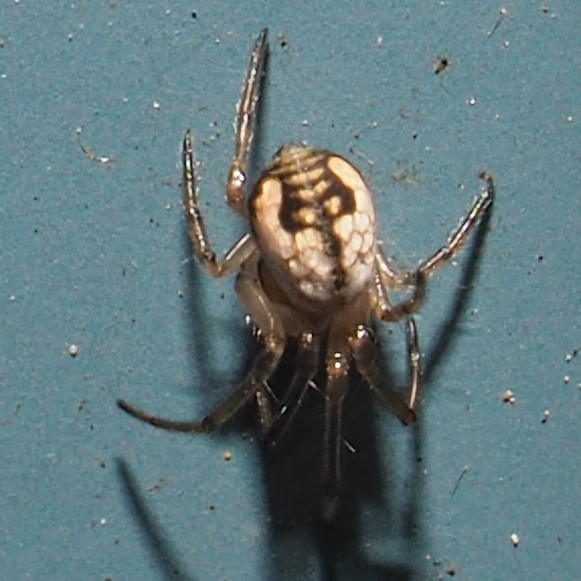
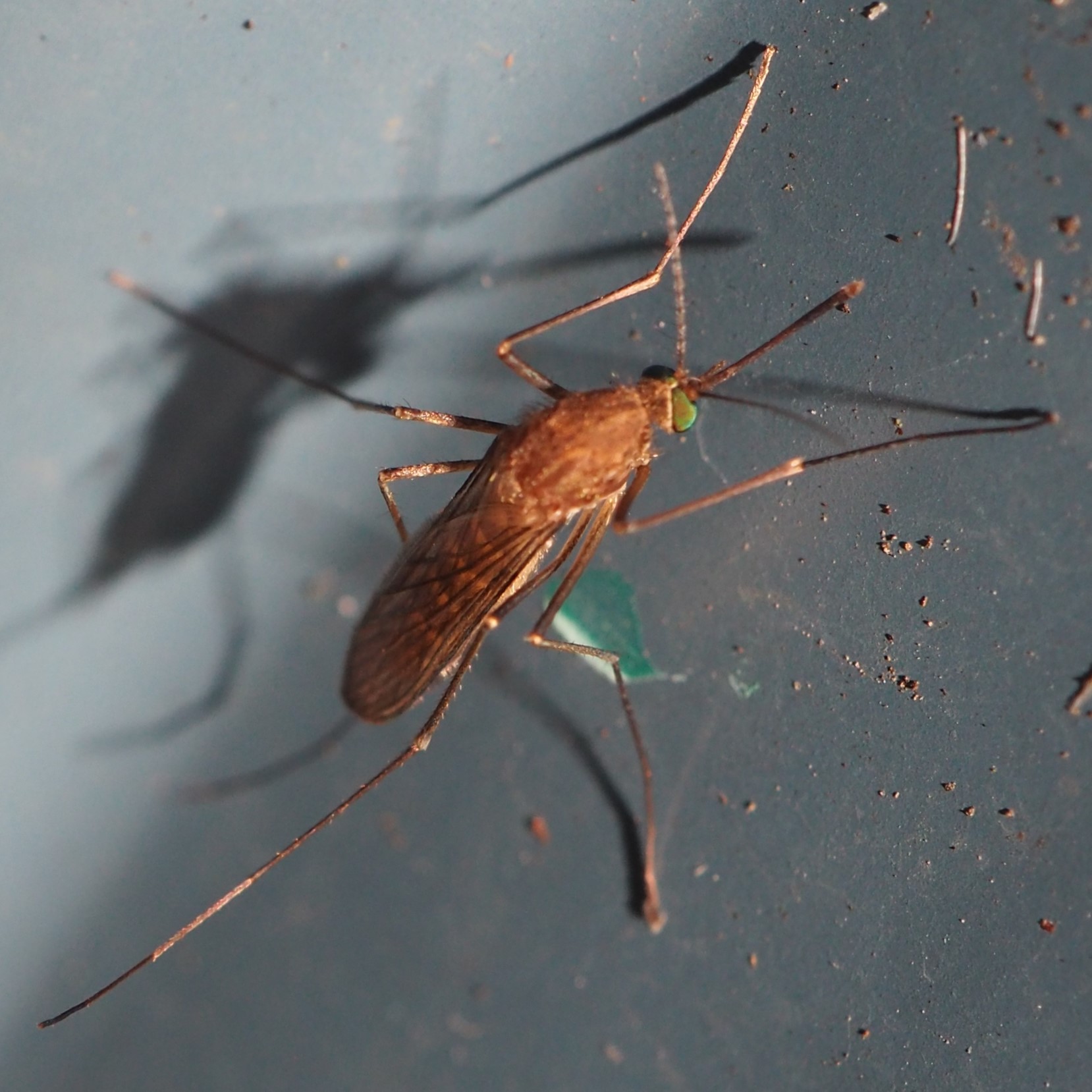
Remember that there is information in the name of the file for each image. You can see it by mousing over the
image - look at the lower left of the screen. Or you can click on the image to get to the (usually) larger image.
Then the info is displayed in the address line above. Sometimes the second click will actually display a
different view of the original image.
The Ants are mostly Small Honey Ants, as has been usual for this Fall Winter. So pictures 1 and 2 are indeed the expected Small Honeys. But what do pictures 3 and 4 show? Maybe you remember that there are many Spiders that mimic Ants, and these show possibly two individuals (one was around the corner from the other, and I don't know how fast they can pass the corner!) of the Spider we've been seeing lately, the Ant-mimic Sac Spider.
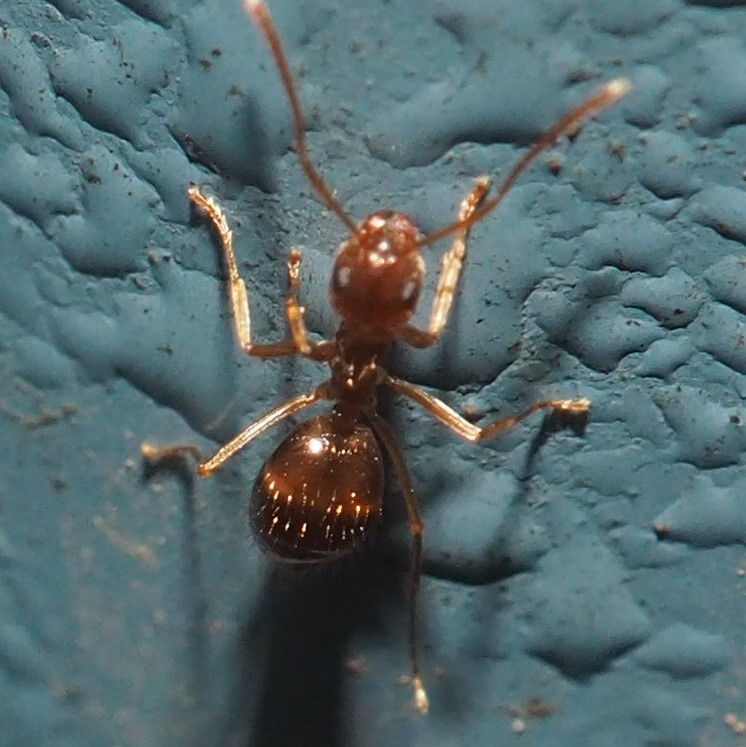
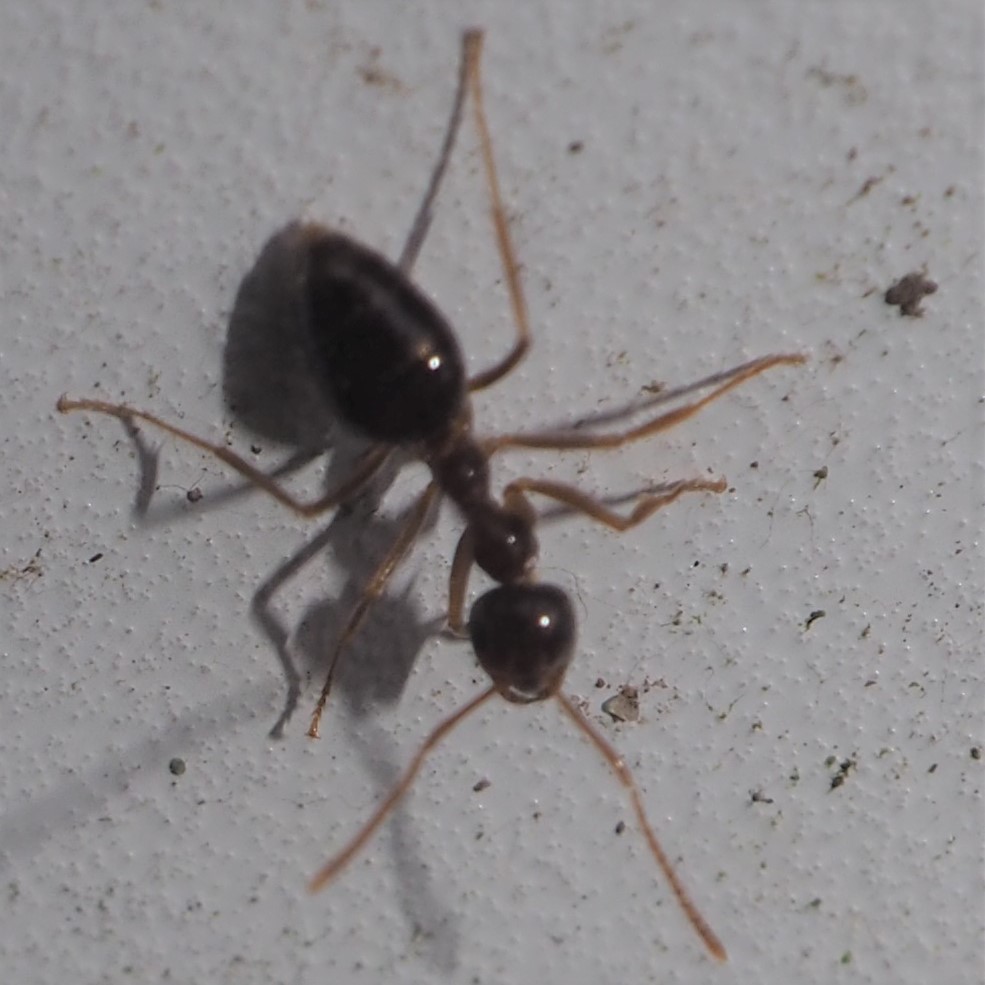

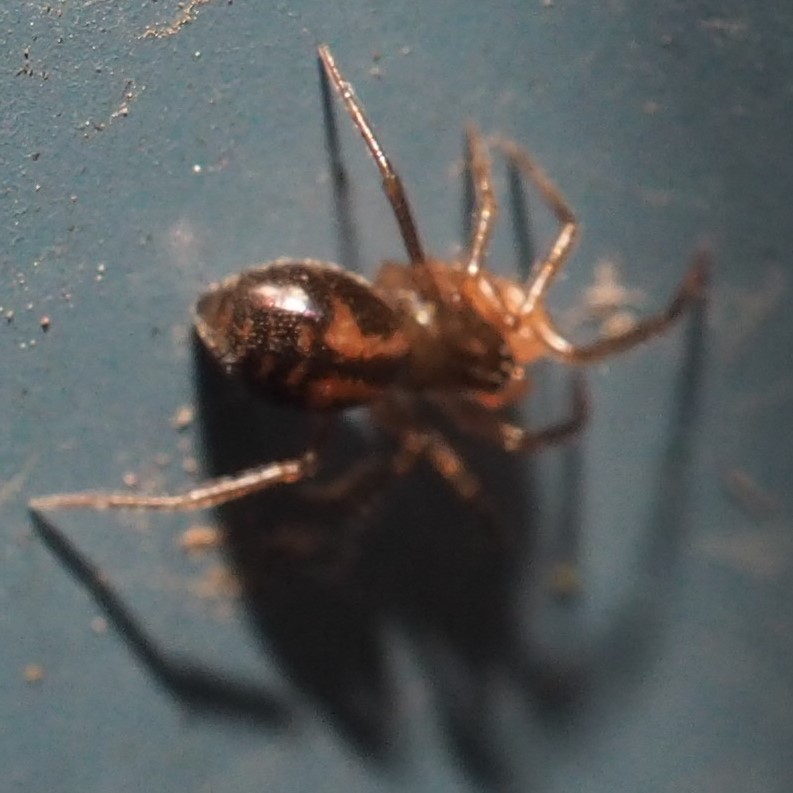
This has been a hard year for most of the small creatures in my yard, especially since it has been so chilly and rainy. This puts a lot of pressure on my favorite insects of the year, the Barklice. My most loved little family group is some kind of Barklouse that has laid its eggs well above my eye level, in a freckle-sized brown patch that started off in October looking like a small splat of brown straw. I'd say the freckle was about a millimeter across. Picture 2, taken on December 25, isn't multiplied much but it is a lot larger than the one in picture 1. It's closer to the tiny critter above and to the left of the picture. Picture 3 was taken on December 19. The white bits seem to be breaking apart. I'm sure the nymphs are inside there somewhere.
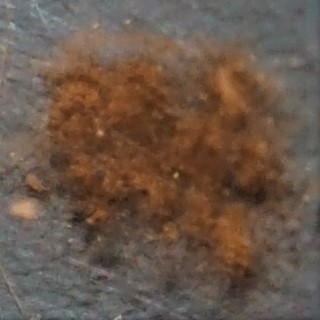
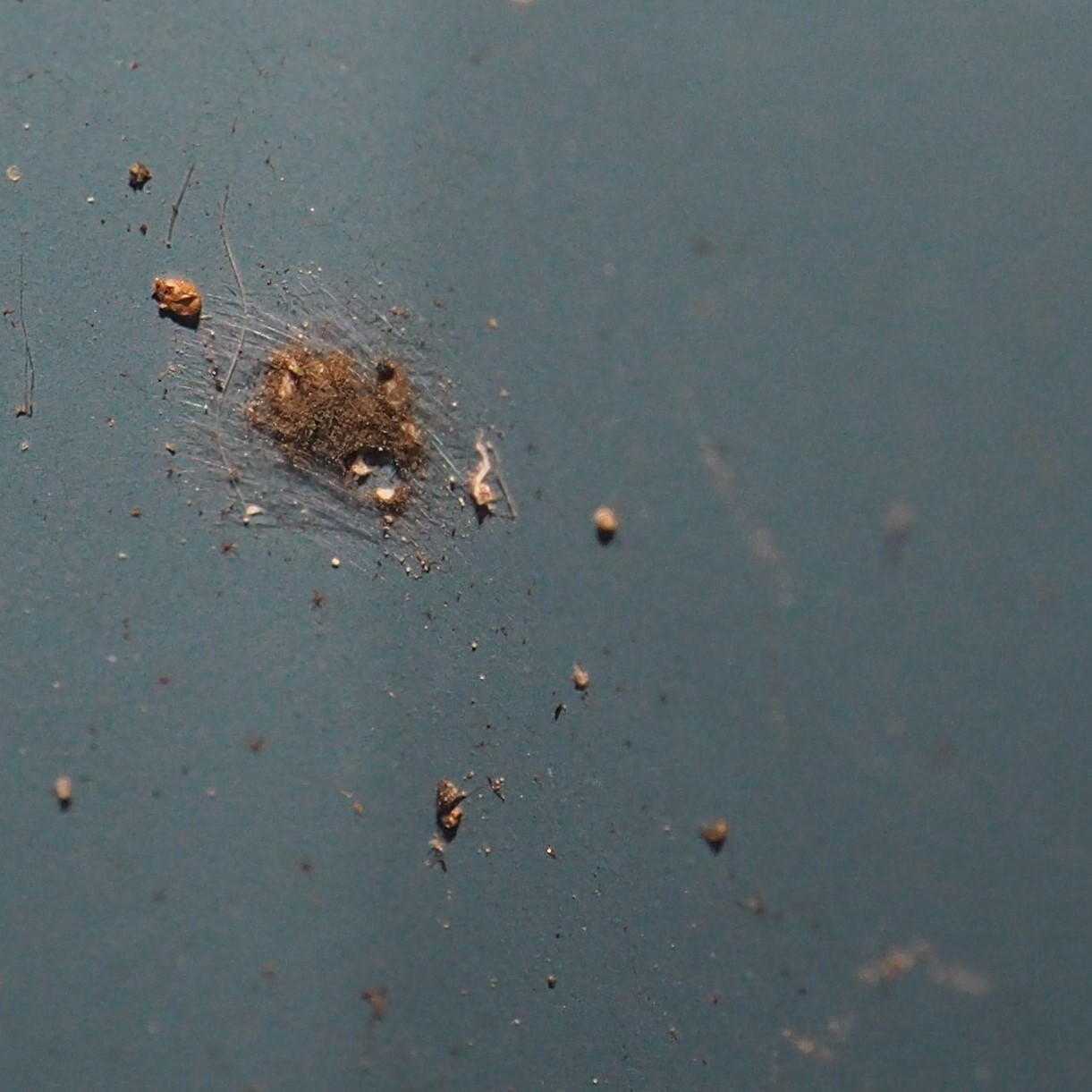

ANOTHER project I've been working on is based on a clutch of 8 dark brown eggs on the East Wall about 8 panels from the north end. The reason is that I have from midsummer a batch of nymphs (picture 2) that are about the color scheme of these eggs and I've followed them to adulthood as Metylophorus novaescotiae. Picture 3, taken on December 25, shows what looks like a sack of little eggs waiting to hatch as nymphs. This probably doesn't have anything at all to do with the former two photos...
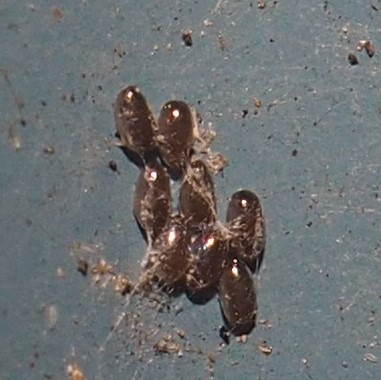
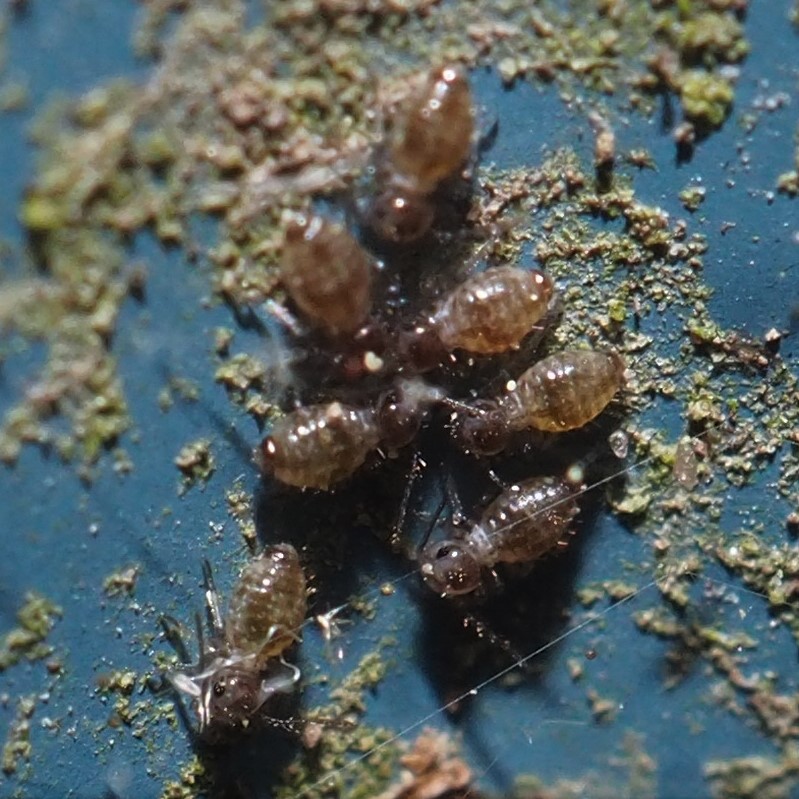
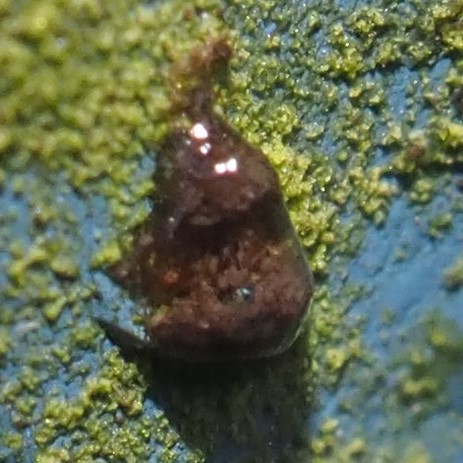
For a few months I've been seeing a brownish Barklouse called the Large-winged psocid (picture 1). In the first week of this two-week period I saw it or a friend several times. I'm pretty sure about specimen #2. And ALMOST as sure about specimen #3.

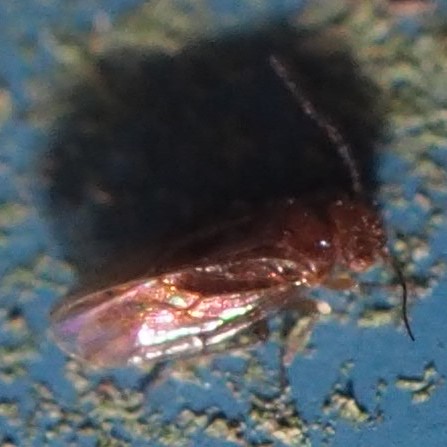
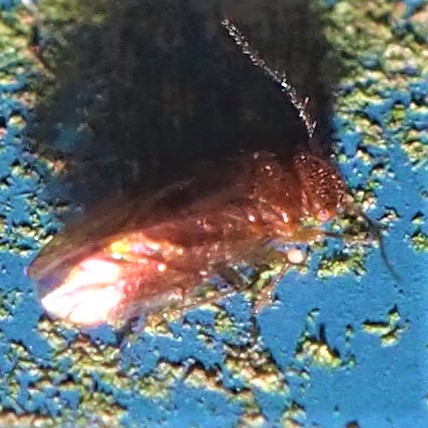
Here are some of the more frequently observed Barklice. First, a clutch of eggs. Then a nymph. Then - Oh my goodness. I almost labeled the third one "Human" instead of "Adult". Maybe it is both. If so, then it is a Human of the genus Graphopsocus. It certainly is G. cruciatus. Maybe it is cruciatus because I hesitated to call it a Human. See what you're missing if you aren't getting old. That is, unfortunately the last of the Barklice varieties this week.
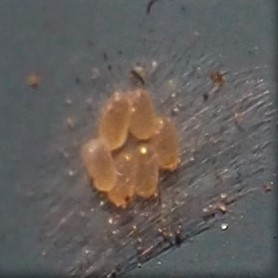


Let's see if there were any? many? Beetles? Not alive for this two-week period. But there were a few Bugs. First is our faithful winter friend, Drymus unus. I didn't even get a real Drymus crassus, D. unus's pal with the black wings. The second picture shows D. unus seeming to get something from a bagworm case. The third picture shows what may be a kind of Plant Bug. So we move on to th Bugs.
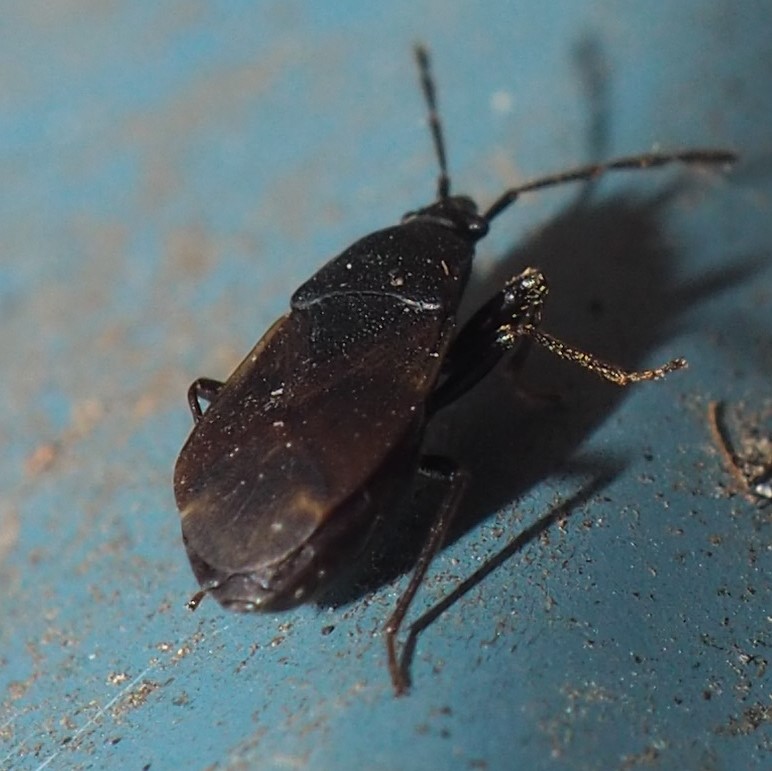
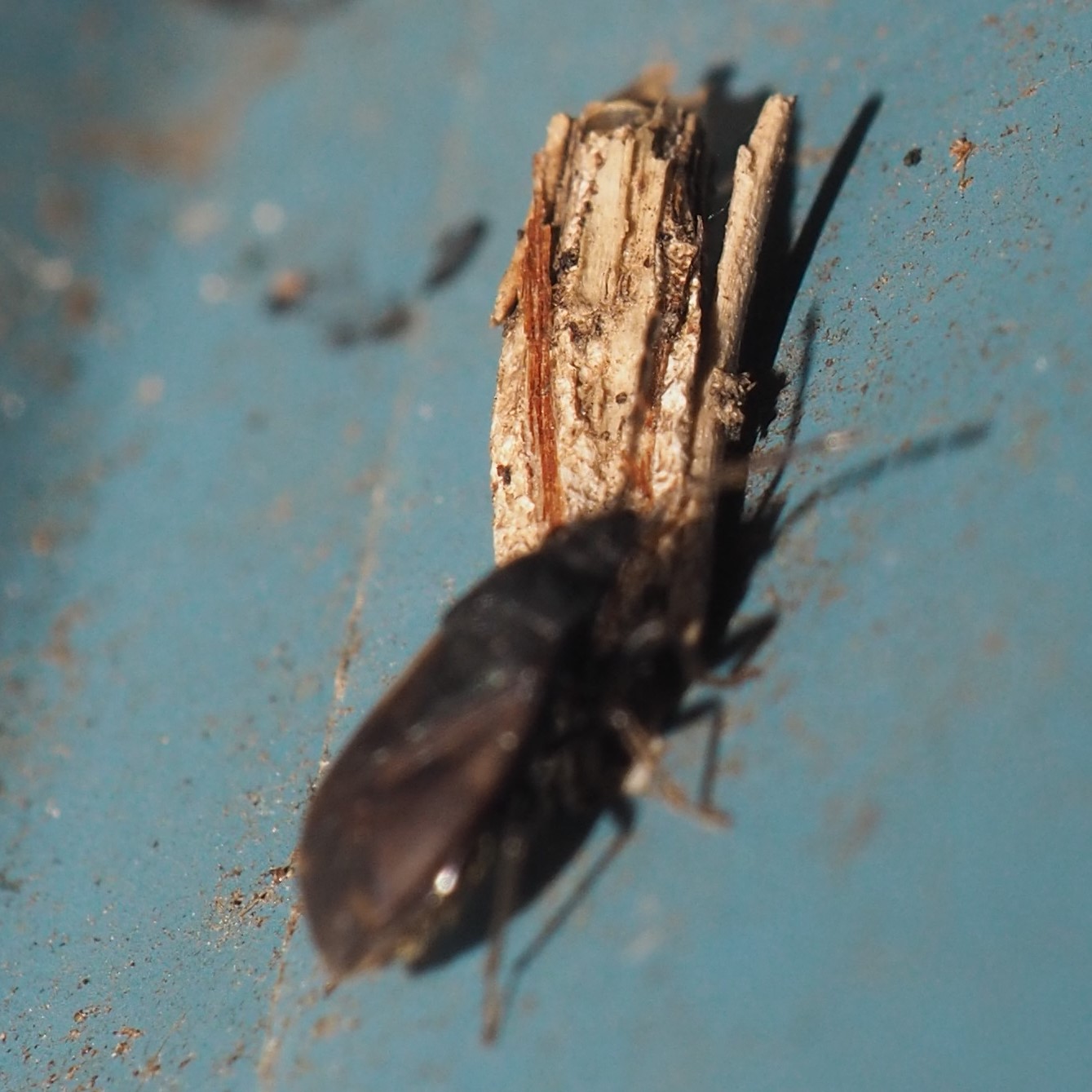
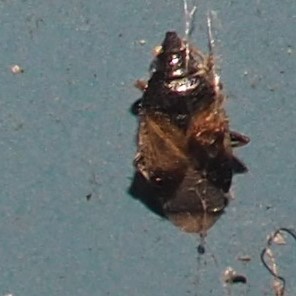
Believe it or not, there were a few shivering leafhoppers. The first two pictures are of Dikraneura arizona. Last year, Solomon Hendrix identified it as genus Dikraneura. But this year he agrees that it is Dikraneura arizona. Kammers, do you see this one in Arizona? The next Leafhopper is Erasmoneura vulnerata, which I can probably find on the Wall most days of the year.
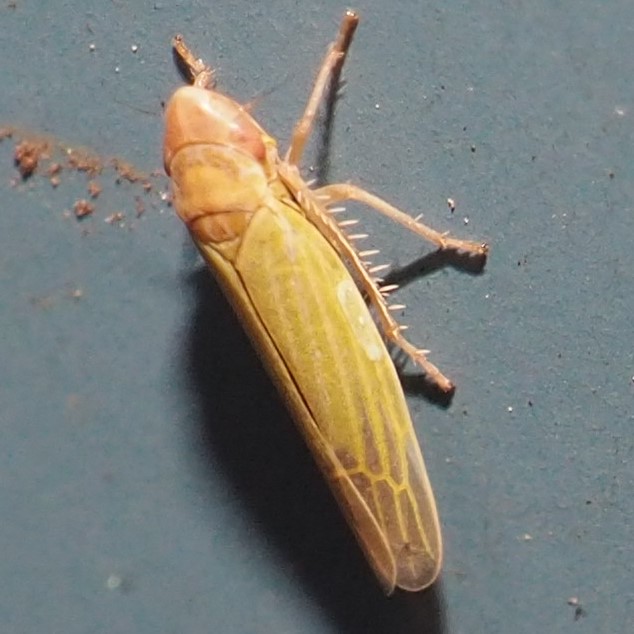
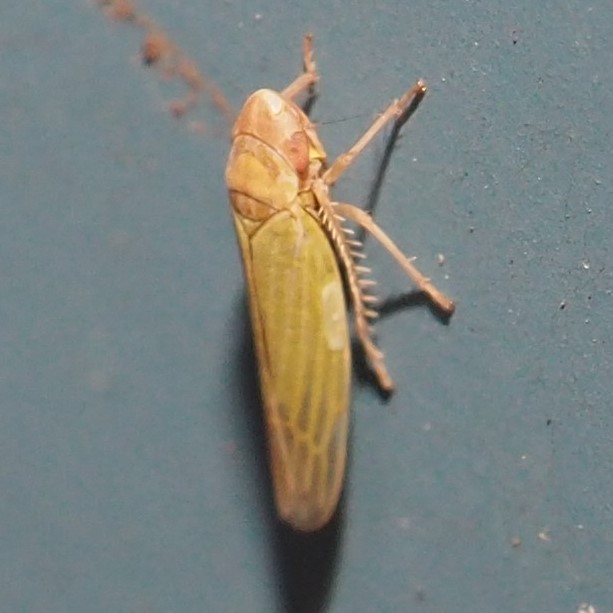
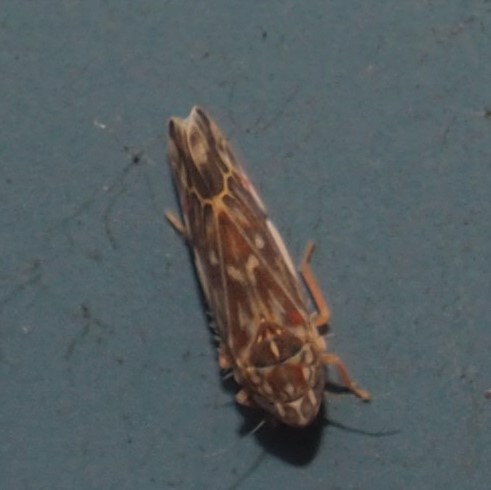
Sadly, the cats did not want to even set one padded foot out the back door, but on the Wall I found this Cheetah bug doing a step from its repertoire.. Next is a mysterious creature, possibly another carnivore, turning around to look through the door to see if there is any doggier food.
.
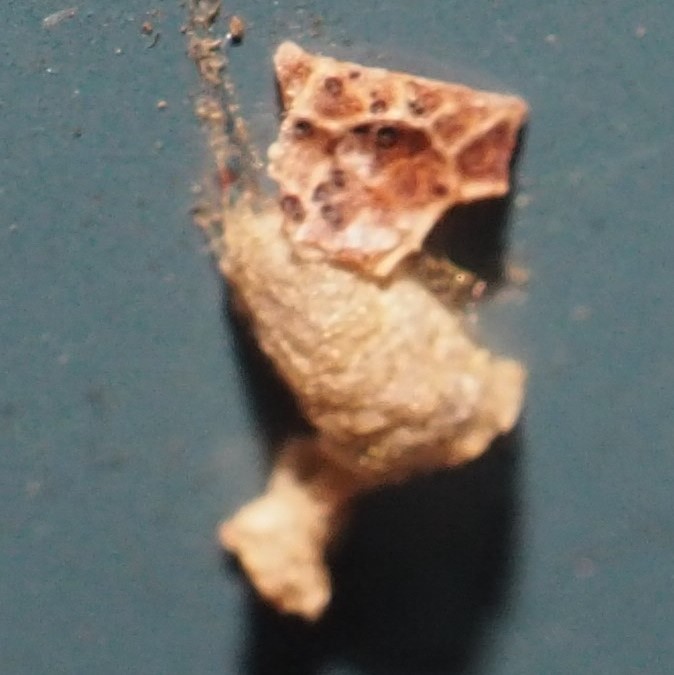
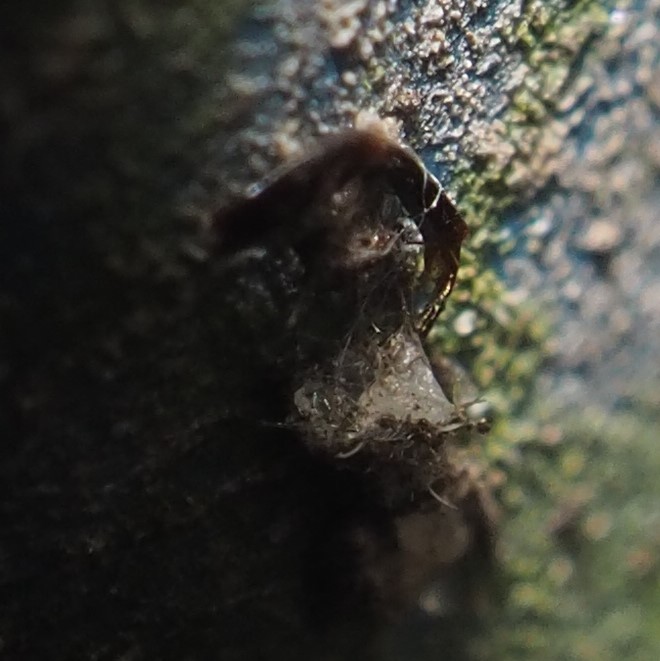
How about Flies? Here are a few. They may all be Fungus Gnats.
.
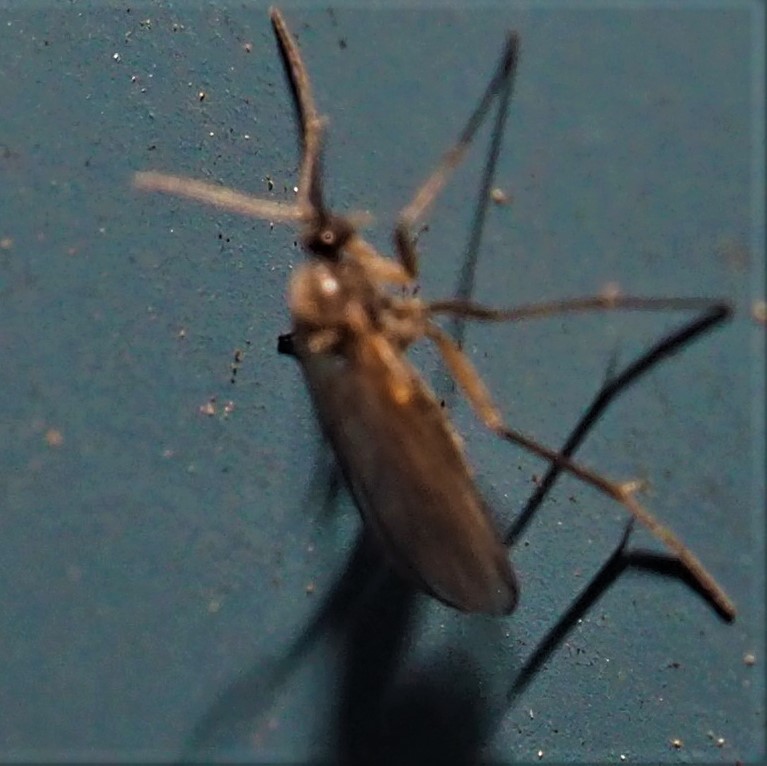
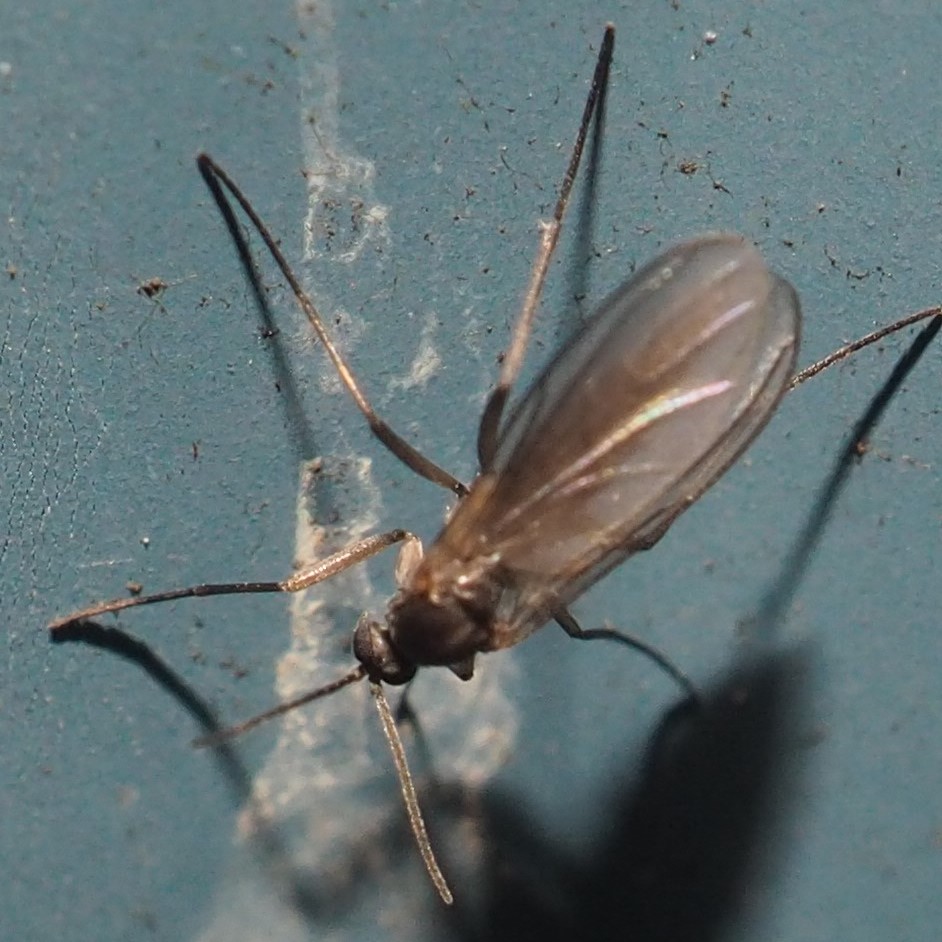
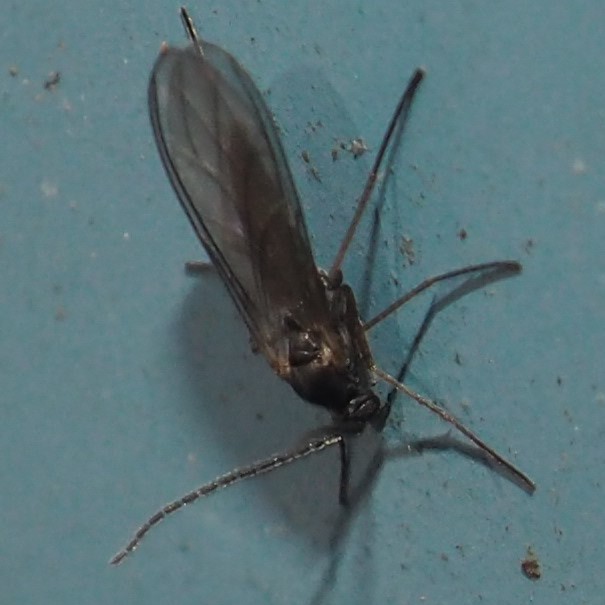
First is probably a Winter Midge. I'm stumped on the next one, but it may be a kind of Midge.
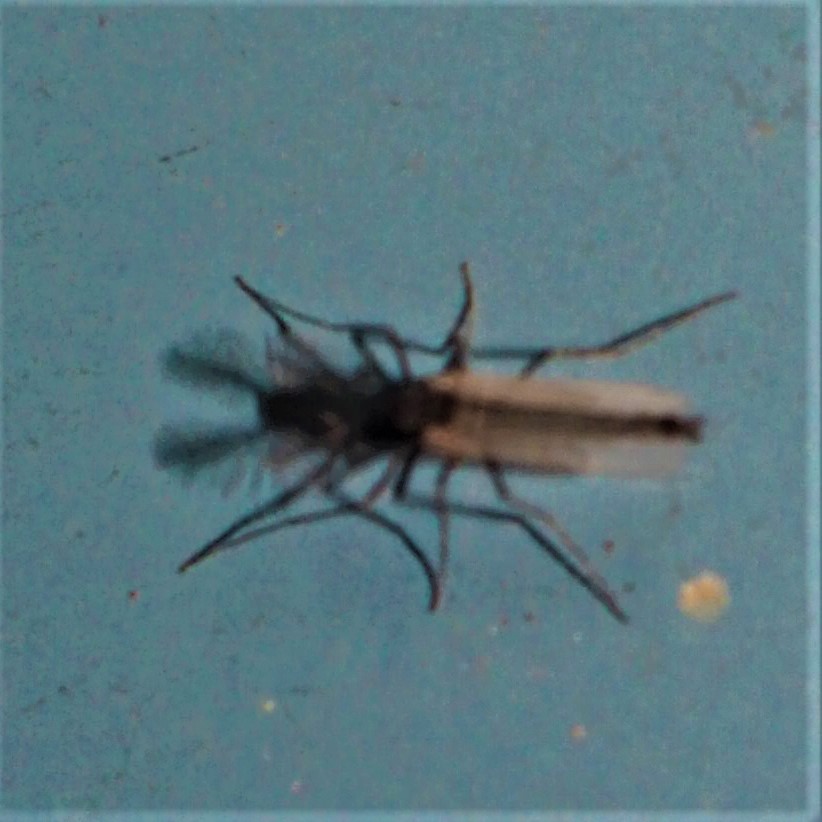
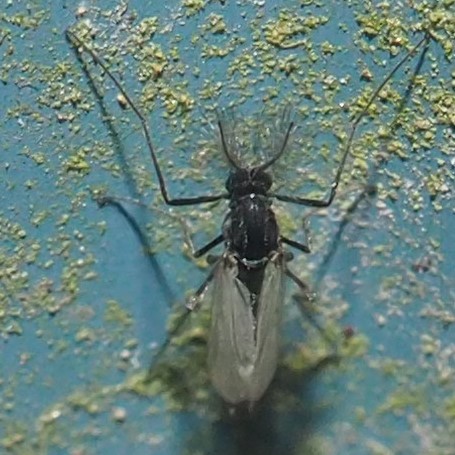
The pond is really not in the best shape for getting great phantasmagoric pictures of Fishes chasing for food and each other. The sun lays down reflections on the top, which makes it hard to see much under the surface. But here at least you can see a few fishes hovering on a plane near the bottom of the pond.
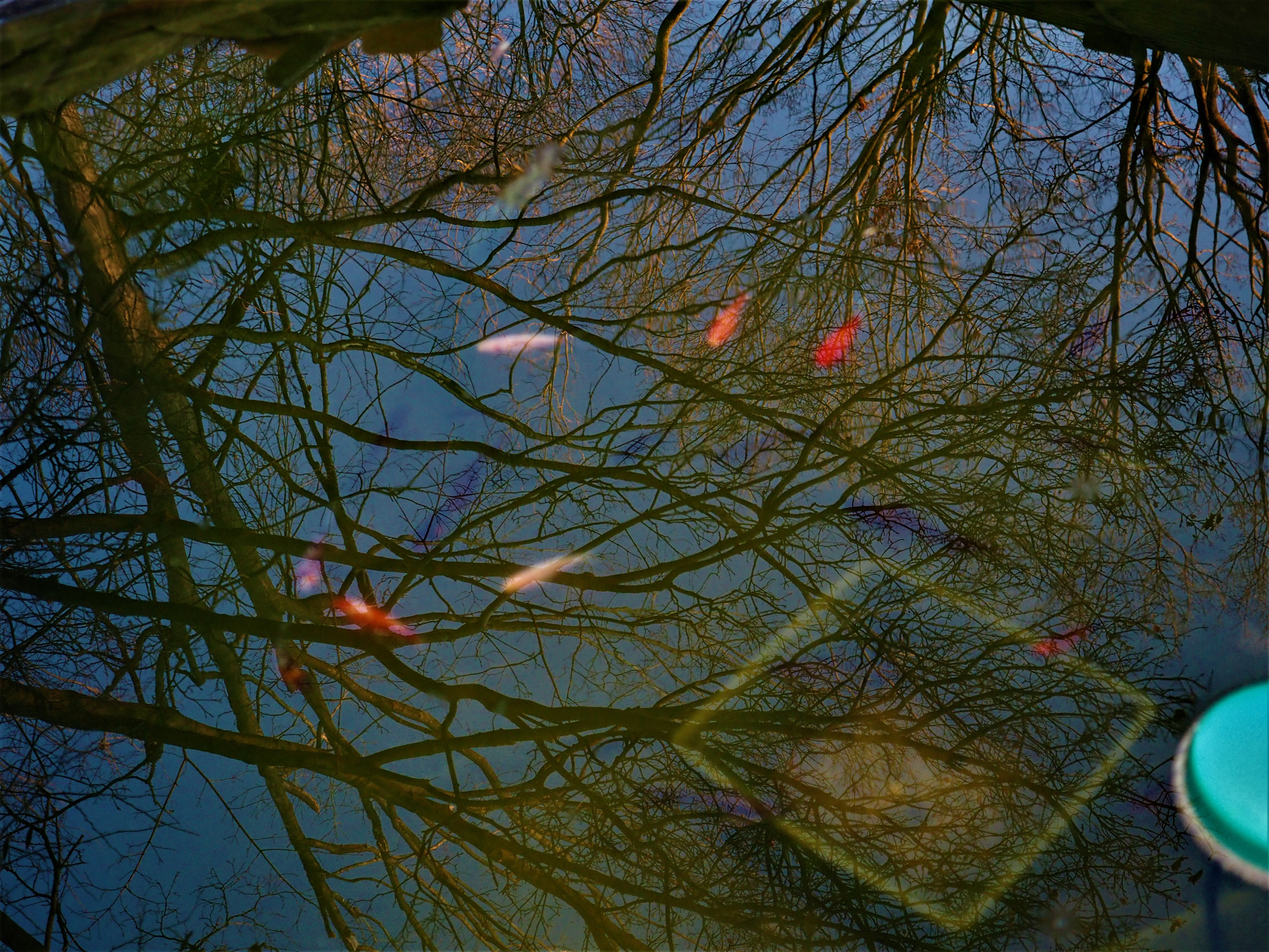
I promised you some Spiders but there weren't so many. However, what showed up was lovely. Here is one of those Spider egg masses, what the generic name calls Euryopis, which is the name of one of the ant-mimicking Spiders, actually called Ant Mimic Sac Spiders. Oh my, I took this picture on December 20 and didn't notice that there seemed to be a little spider down in there!!!! Last here is a picture of a spider in genus Europis. Now here is where we have a potential clash. Jeremy Hussell of iNat, who has helped me so many times with identifications, says that where he lives (north and east of me) a similar nest may hatch out to an entirely different Spider! So we have a bit of waiting to do.
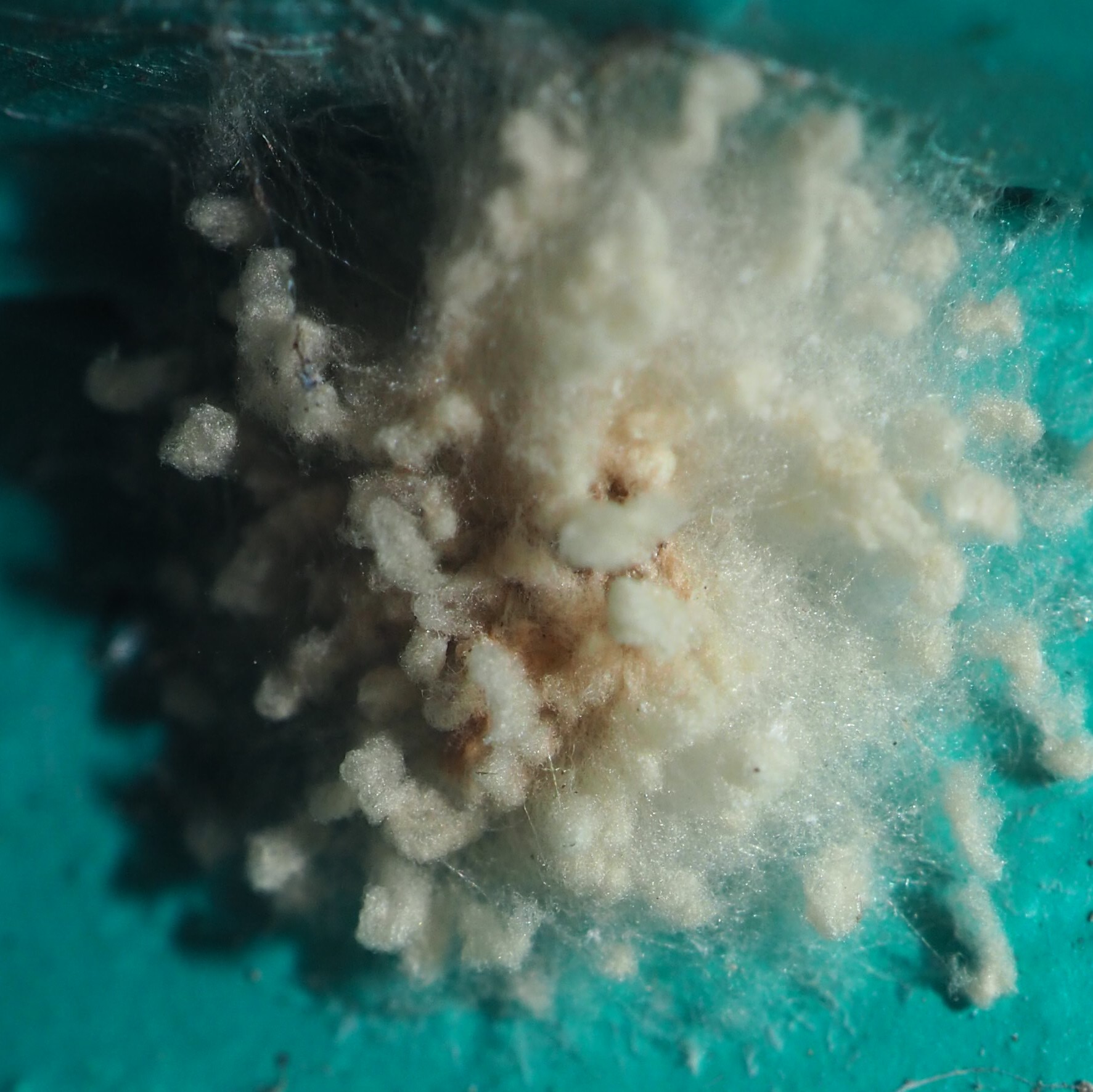
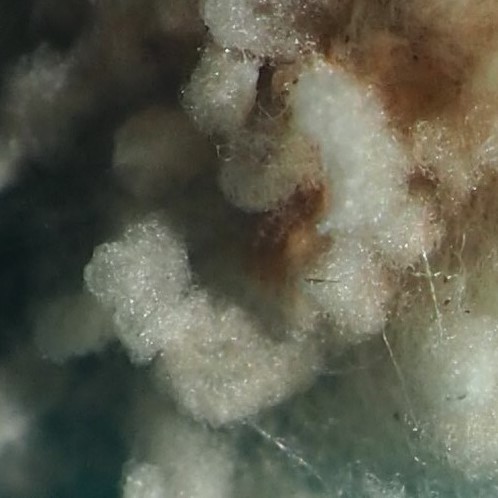
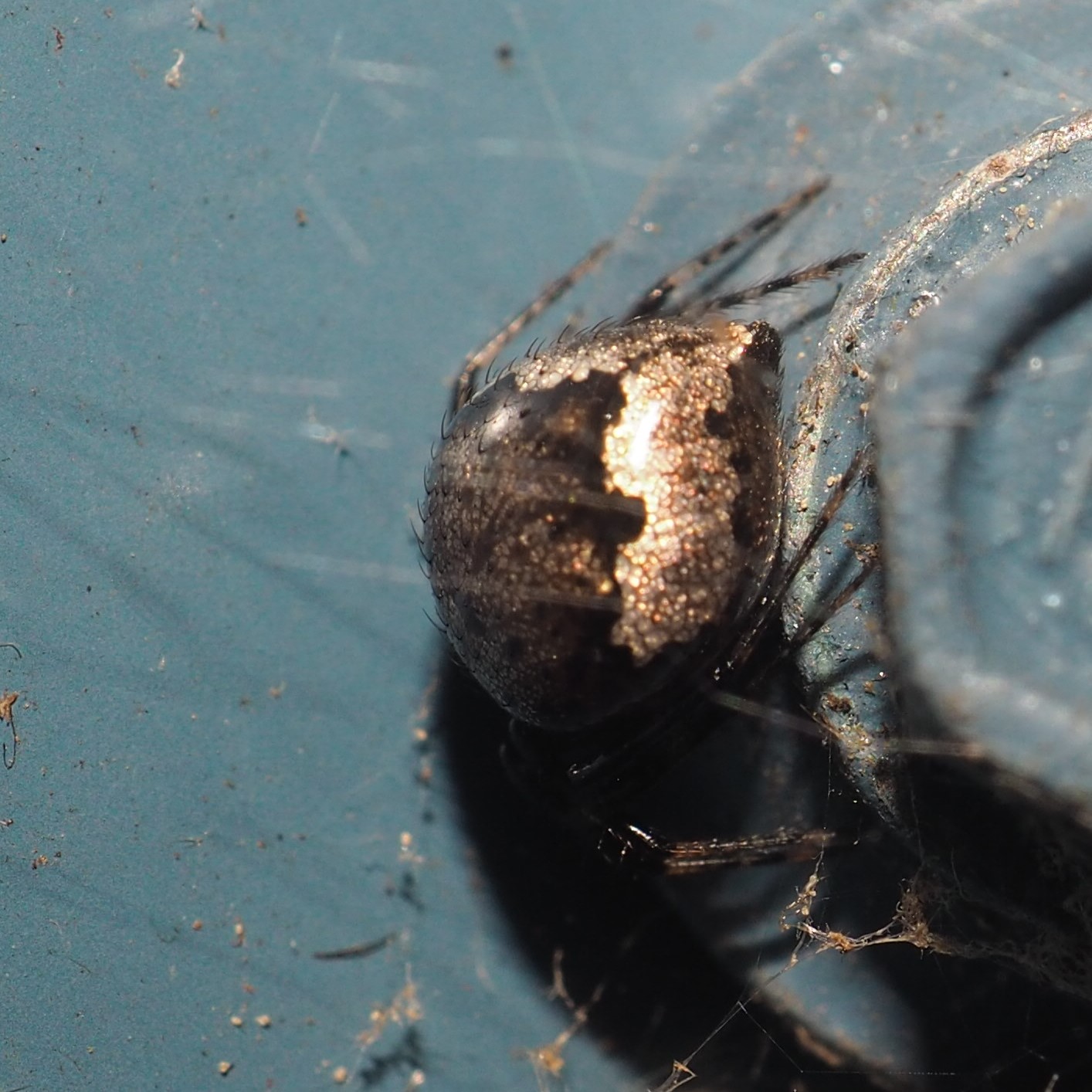
Surprise. This is yet another egg mass from one of the Ant-eating Spiders (genus Euryopis), as seen on Dec. 22, 2021. I'm betting that the little creatures coming out of the nest at the bottom are baby Spiders. Now to see what species they are! In the meantime, please enjoy the knowledge that comes at us from all directions!
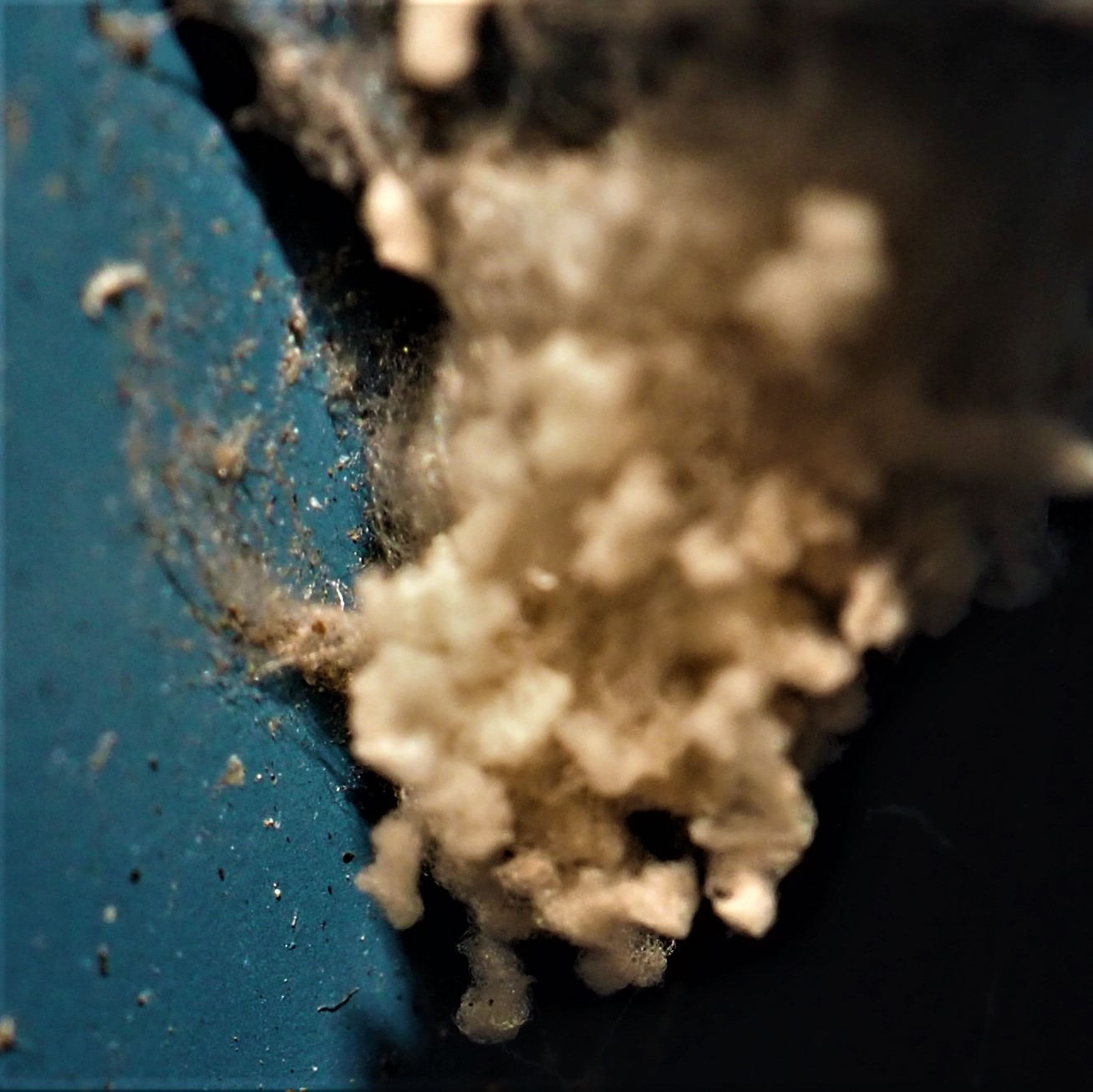
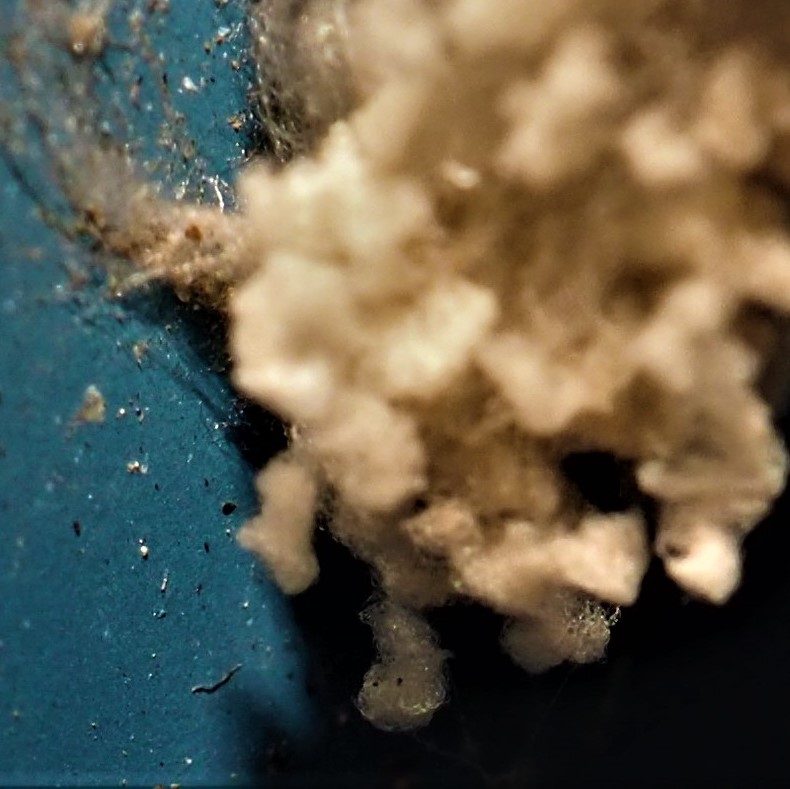

Luckily, we also had another Spider or two. I don't know what this first one (pictures 1 and 2) is. But the next one is that Orchard Orbweaver we saw last week. Remember the juvenile has these ladder sripes and also those crossed pink pinstripes. The Adult, which you will see in the later spring, has the most glorious colors and patterns. Every angle you see it from gives you the impression that this must have been a completely different Spider!

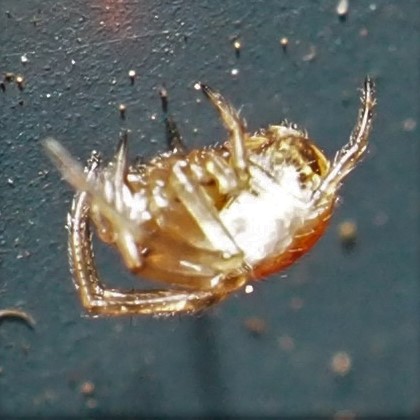
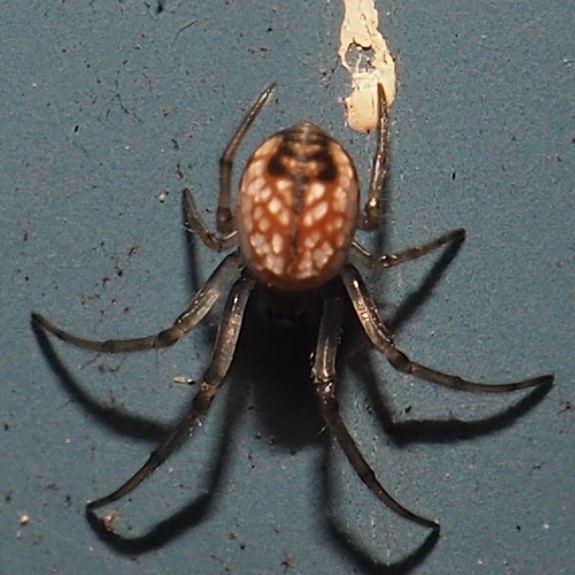
Wonder what this creature could be. It looks as if a snail was unwound. Time to send off that request for an ID! Maybe it is a caterpillar waiting for a name! After all, isn't that what an unwound snail is? Margaret Weitzmann of Potsdam NY wrote, "Hanging caterpillar's a baby millipede, I think. You can see the little notquite thousand legs. One of my favorite things. MW
Thanks Margaret!

Now we've run into the Wasps! This first one looks like one of the Ichneumonid Wasps, with its iridescent color changes. As you wander around in your winter garden, you might actually find this little fat black Ant and wonder what it is. Well, what it is is NOT an Ant. It is a Gall Wasp,one of the little Ant-like Wasps that causes Galls to arise on leaves or stems of plants. Now that you ask, I must say I don't know if Galls do damage to creatures other than plants! Now I won't sleep tonight! Thanks a lot!


Here is an example of a gall caused by a wasp who lays her eggs into the skin of an oak tree. When the eggs hatch, they cause a lot of baby wasps to be born and eat the flesh of the oak. The damage makes the tree produce a GALL to protect itself from the irritation. Now we also ended the last paragraph with the question, can a wasp cause a gall to make damage to an insect or other critter in the Animal Kingdom? And the answer is MAYBE. Abby Cahill of the Biology Department here at Albion College answered that question for me a few years ago. I had a family of Aphids living on a Goldenrod plant. Suddenly I noticed that the Aphids were turning reddish. Abby clued me into the fact that certain Wasps lay their eggs into the eggs of certain insects and Aphids were one of the insects thus honored. As the Wasp larvae grow, the Aphid nymphs are damaged and their outside skin does turn reddish-orange. Finally the Wasp larvae mature and make their way out of their Aphid hosts. I guess this is a not-too-far-fetched example of how a Wasp can make a kind of gall out of an Aphid. There are changes but the idea is similar, right, Abby? Picture 2 shows an Aphid Mummy between two normal Aphids, or are they normal? It takes a bit of time before the Aphid starts to look different from the illness caused by the Wasp larva.
 8 18 18 1.jpg)
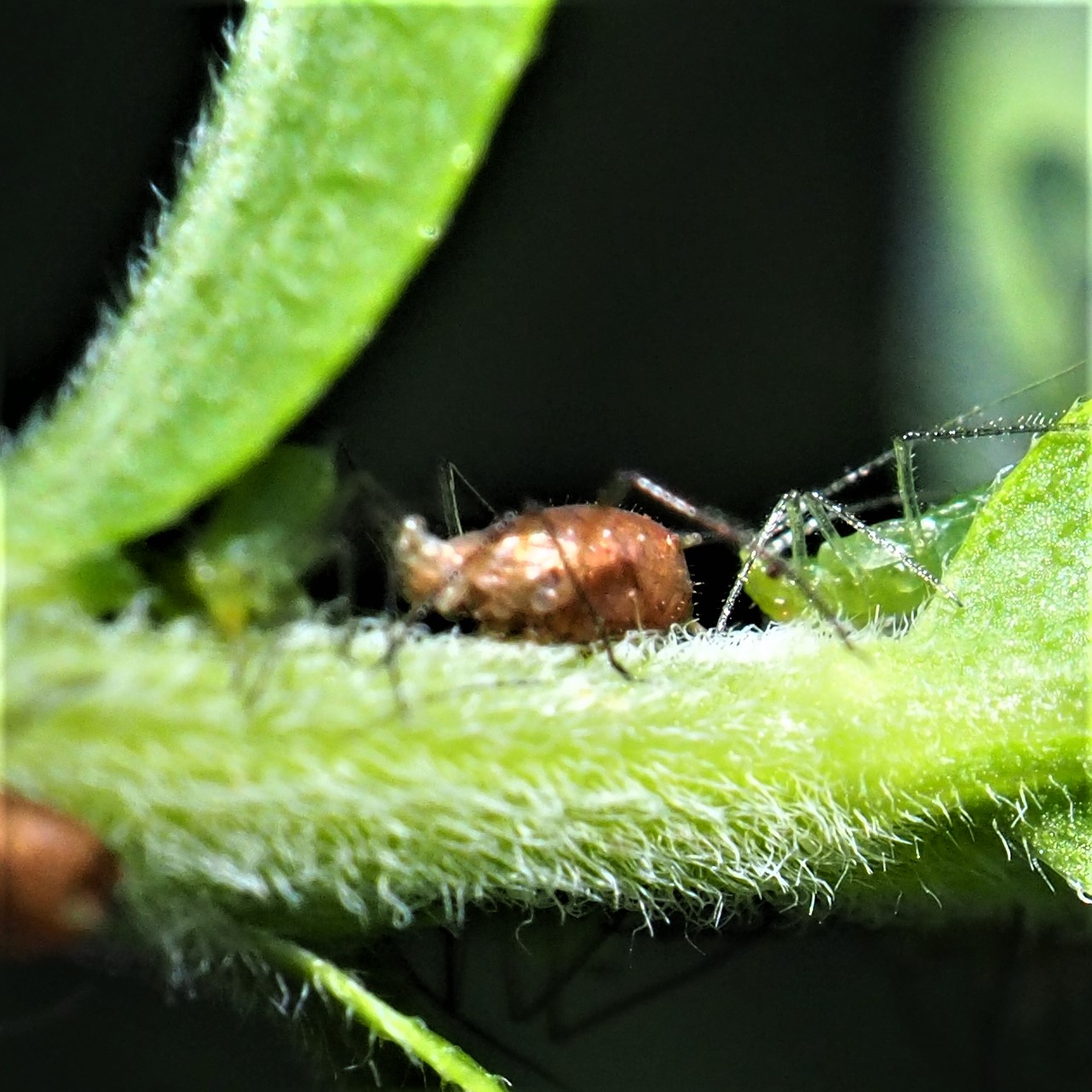
That was a vile tack to end on, or was it? Here's a sad photo of our beloved fishes swimming way down under the slush on top of the pond. But when the slush has resolved into ice water, here are (once more) the fishes swimming and floating near the bottom. They must be, like me, longing for spring.
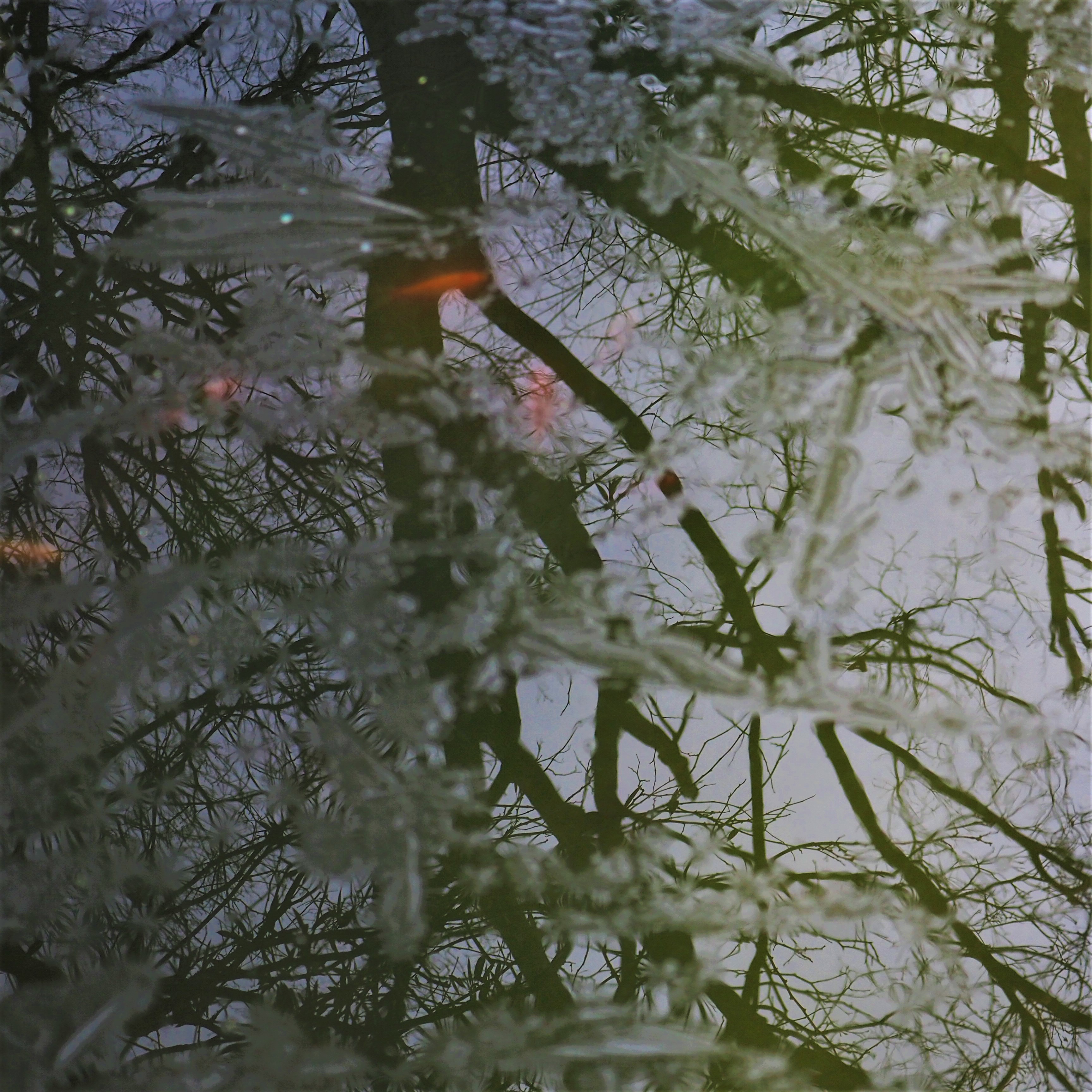

To everyone who is already royally tired of Winter, let's put that into perspective a bit. First, December is already over. We are into the first week of January, and look what was out there last year in front of the Seelys' house! Already just bursting through the ground and budded out already. In case you wonder why I didn't go out today to check on the situation with the Snowdrops, I DID! The snow on the side of the tree where the Snowdrops come up is about a foot and a half deep on the wind-swept side. It will happen!
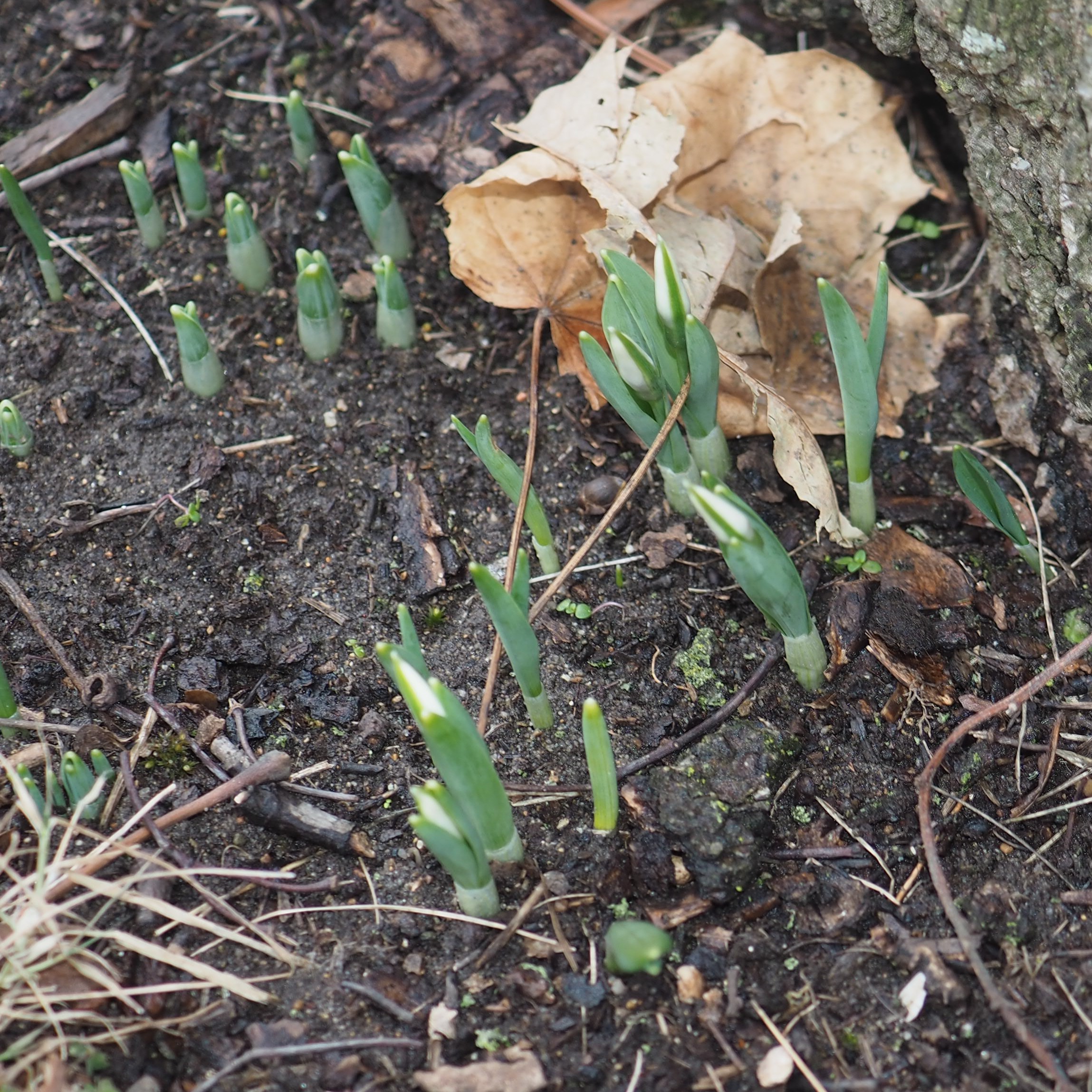
Love, Martha
Back to December 19, 2021
Forward to January 16, 2022
Back to main menu
copyright Martha O'Kennon 2021
















































 8 18 18 1.jpg)



